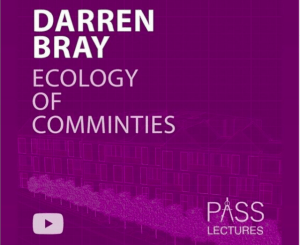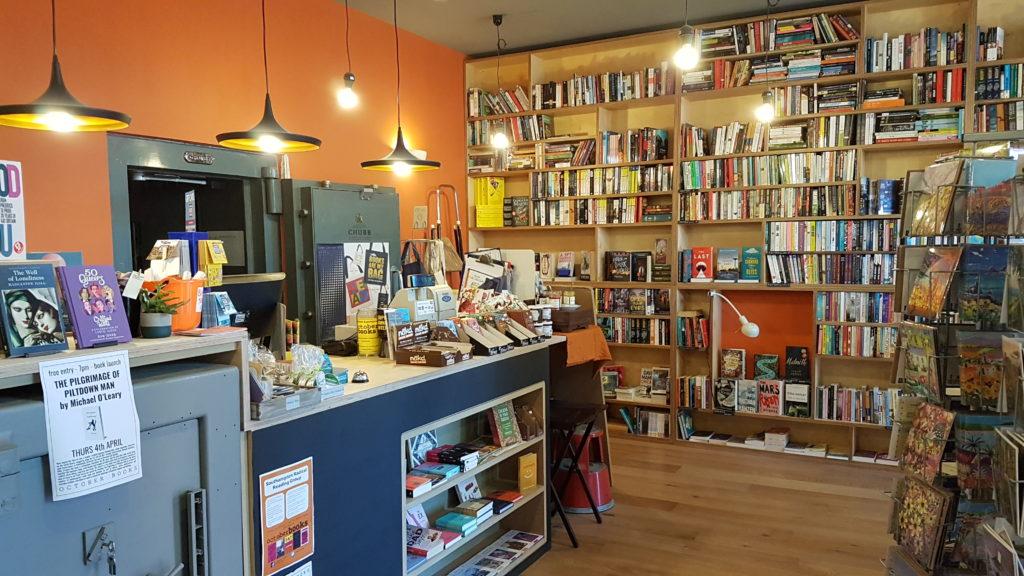I was delighted to take part in the PASS (Portsmouth Architecture School Society) series of lectures around the ‘Ecology of Communities’ last month. As a part time academic I feel it is important to continue to engage the next generation and to inspire those coming through. Others who have been part of this lecture series have included Piers Taylor, James Dale, Jo Hagan and Spark Architects. The whole series can be found on YouTube
‘In this time of uncertainty, we need more tolerance, compassion, and trust for each other since we all are one. Otherwise, humanity will face an even bigger crisis’
Ai Weiwei, Humanity
As a practice we have been fortunate to work on several community based projects, such as October Books, Bedford Place and St Margaret’s church, each quite different, with their distinct set of design aims, but all with driver to engage with their local community.
Recently we have been working on a feasibility for a mini masterplan of the Bedford Place district of Southampton. The area is set at the opposite end of town to the large shopping malls and has a reputation for being an independent district, with handsome Grade II listed buildings and with boutique retail offering and local restaurants. Due to the Covid outbreak many of the streets were closed to cars earlier this summer to allow for extra social distancing and additional outdoor seating. Initially this was a temporary measure by the council, done in haste and without much thought to the aesthetics, we were brought onboard to look at on-going street activation and animation.
Our recommendations included painting the concrete bollards, originally quite bleak but now bright and colourful, even acting as a draw to bring people to the area to see and engage with it. Our street activation plans have gone further to address the signage, put up street bunting, paint the road, increase planting and set up a series of events throughout the year to use this space. We see this as a huge opportunity for Southampton to create a distinctive district, with a unique sense of place which will draw people in, helping to improve the local economy.
This type of project is highly emotive, whenever there are discussions regarding reducing car access it makes people very passionate as we are a nation addicted to our cars. This is not a new thing, it is easy to find videos from Amsterdam in the 1970’s of locals getting violent at the new pedestrian streets, an area we now look at so positively.
It is however important to listen to the community and their concerns, to really hear what they are saying and reflect on their fears. As an architect it is important to not bring your ego or believe you know the solution from the start, I believe you can learn a great deal through listening and responding to issues, not only will you gain better community engagement in the project but it often makes for a far richer project.
Take a listen to the whole webinar here, it covers a lot more including an interesting Q&A session at the end which covers politics, dyslexia, collaboration, sustainability and even imposter syndrome.
The lecture can be seen here on YouTube.

